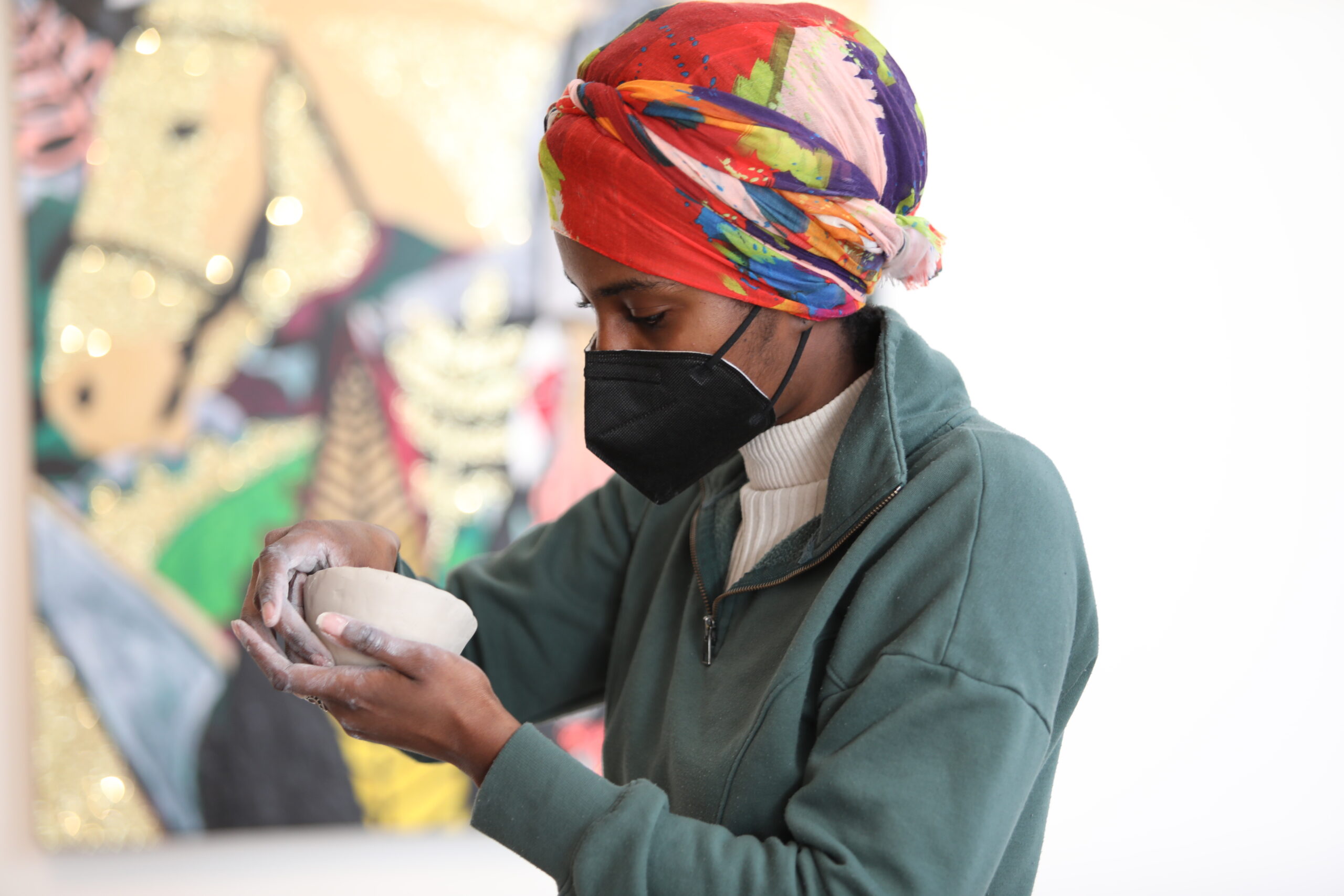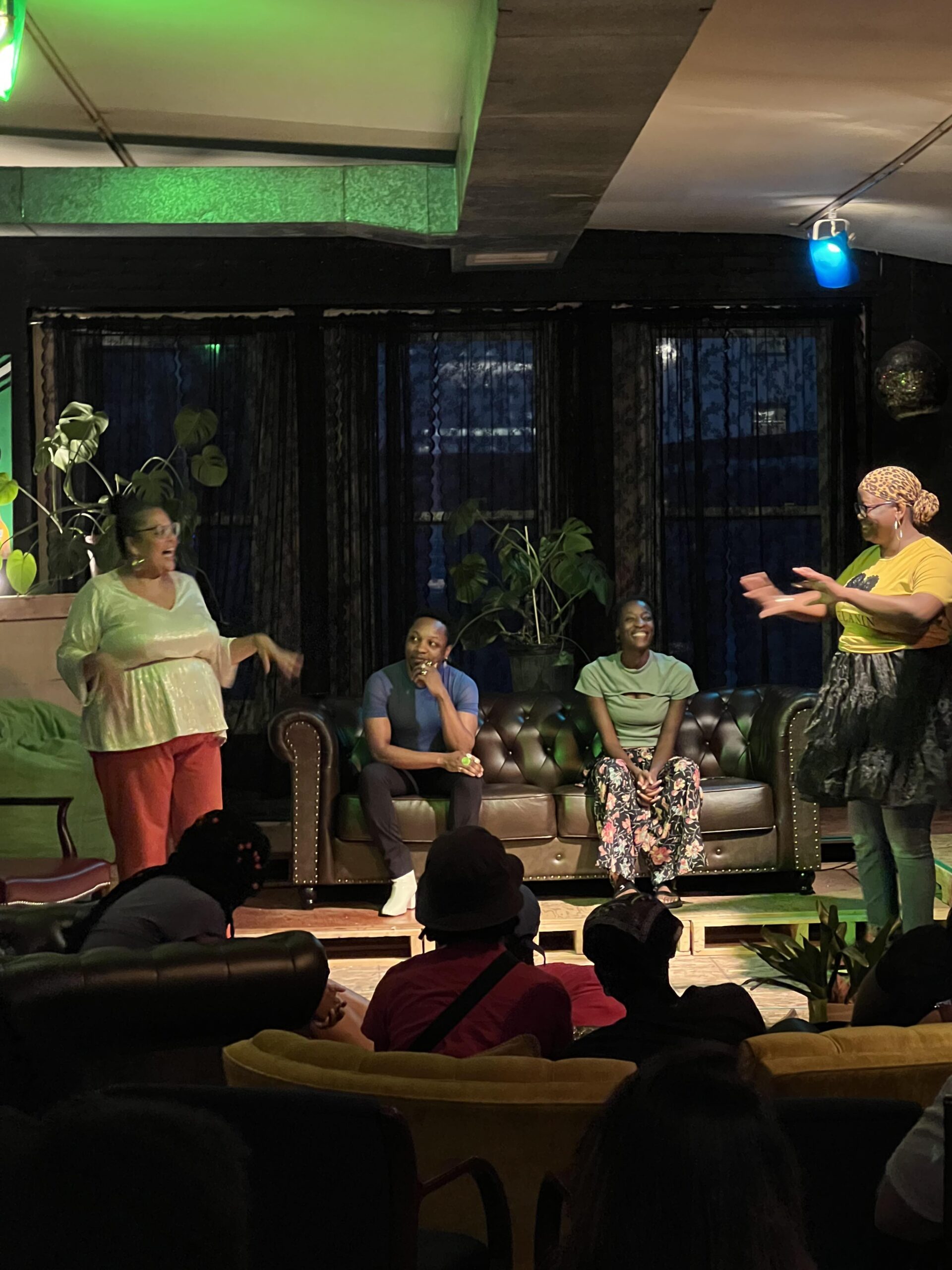Have you wanted to work with clay but haven’t had the opportunity? Bmore Clay Series is a Black and queer-led program created to present an alternative to predominantly white ceramic spaces and provide work opportunities with clay. We host accessible, diverse, intro to hand-building workshops created for communities of color in Baltimore. This workshop is open to everyone.
There are 5 AVAILABLE SCHOLARSHIPS for making fired artwork. Scholarships are based on financial need and first come first serve. Email us to reserve your place. For any accessibility and disability-related needs, inquiries, as well as scholarships, please email bmoreclayseries@gmail.com.
Where: Creativity Center, 3137 Eastern Ave. Baltimore, MD 21224
When: SUN APR 28 | 1-3PM
Age Range: 18+
Cost: Sliding Scale: $40 air-dry & pigments | $40-$60 for stoneware clay that will be glazed and fired.
Materials: All supplies provided!
Organizer Bios
Victoria Walton is a multidisciplinary artist living in Baltimore. They have an MFA in Ceramic Art from Alfred University and a BFA with a focus in Ceramics from Towson University. Their work has been exhibited at venues such as the National Council on Education for the Ceramic Arts (NCECA) conference, Baltimore Clayworks, and The Clay Studio in Philadelphia. Walton is an adjunct professor and a community organizer of inclusive ceramics workshops. Victoria explores the wonder and complexity of Black identity, creating sculpture and video works that center the narratives of women and gender-expansive people. She draws from her own life: reflecting on the intersection of her identities, their chronic illness-disability, and queerness.
Ashlin Cheyenne is an artist and kiln manager based in Baltimore, MD. While working in DC as an art handler, Ashlin has had the opportunity to work in museums such as the Hirshhorn and Smithsonian American Art Museum. While holding a BFA in Ceramic from Towson University, Ashlin creates with various materials—ceramics, wood, metal, and human hair. Initially studying structural engineering, these influences present themselves through angles, precision, and connection shown by pushing the boundaries without compromising stability. By distorting their structures’ walls, Ashlin demonstrates that paths aren’t linear but rather sharp and uncertain.
Thank you to BOPA and the Towson Ceramics Department for your support!





